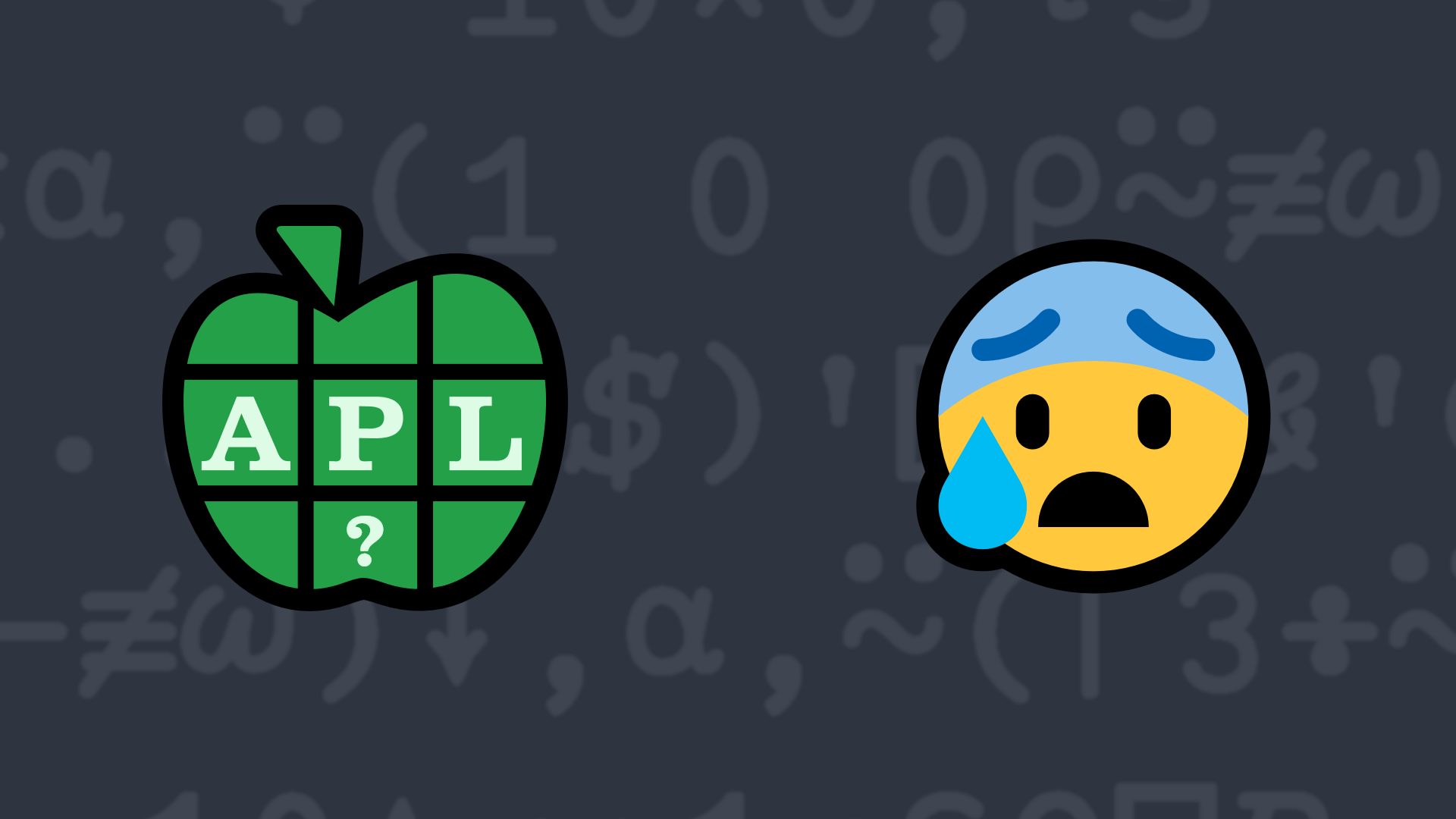2022-10: Separation Anxiety
Write a function that:
- takes a right argument that is a character vector or scalar representing a valid non-negative integer.
- takes a left argument that is a character scalar "separator" character.
- returns a character vector that is a representation of the right argument formatted such that the separator character is found between trailing groups of 3 digits.
Note that the number of digits in the character representation might exceed the number of digits that can be represented as a 32-bit integer.
Hint: The at operator @ could be helpful.
Examples:
',' (your_function) ¨'1' '10' '100' '1000' '10000' '100000' '1000000' '10000000' '100000000' '1000000000' '10000000000'
┌─┬──┬───┬─────┬──────┬───────┬─────────┬──────────┬───────────┬─────────────┬──────────────┐
│1│10│100│1,000│10,000│100,000│1,000,000│10,000,000│100,000,000│1,000,000,000│10,000,000,000│
└─┴──┴───┴─────┴──────┴───────┴─────────┴──────────┴───────────┴─────────────┴──────────────┘
'.' (your_function) 60⍴⌽⎕D
987.654.321.098.765.432.109.876.543.210.987.654.321.098.765.432.109.876.543.210
'/' (your_function) ,'9' ⍝ scalars and 1-element character vectors are equivalent
9
your_function ←

